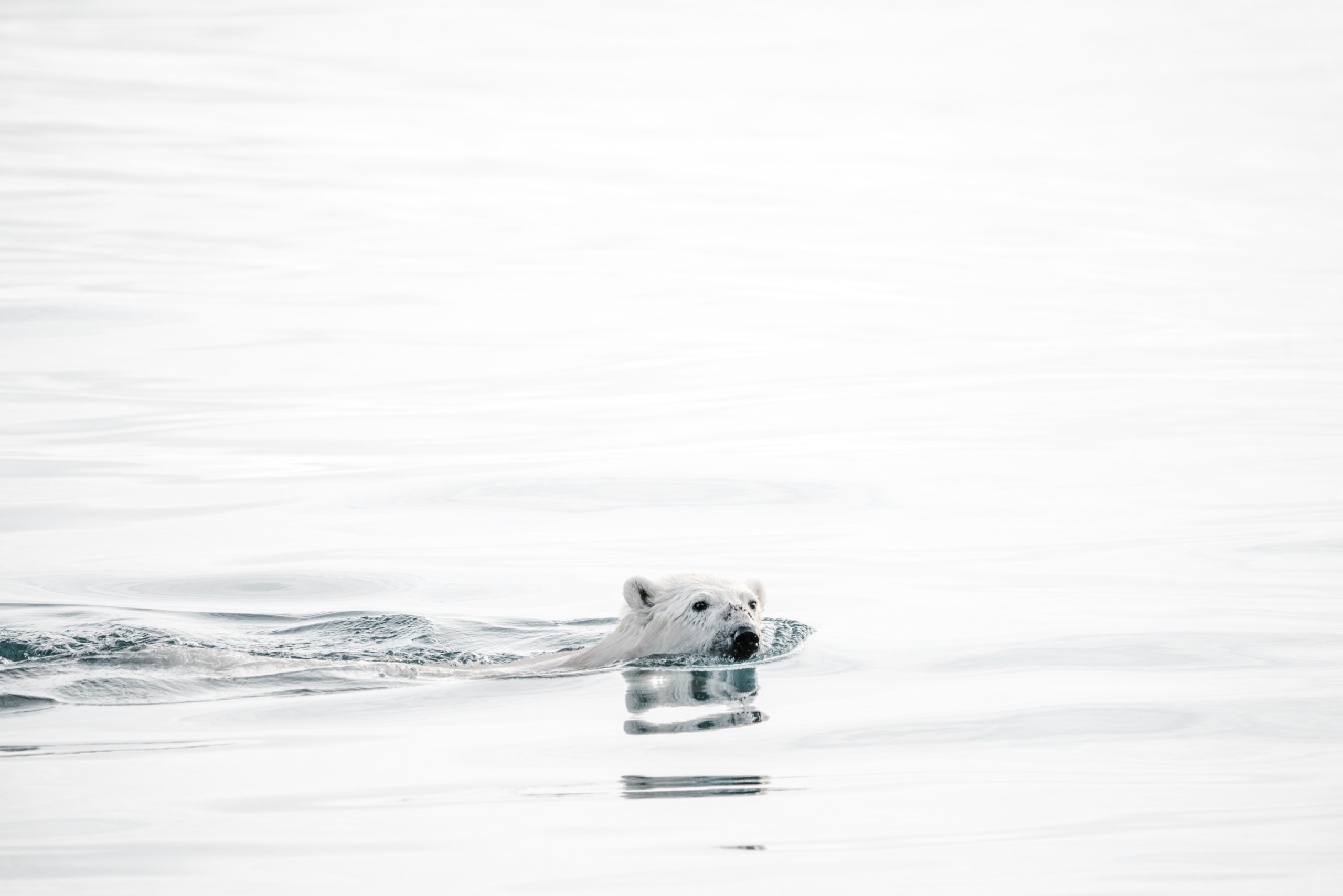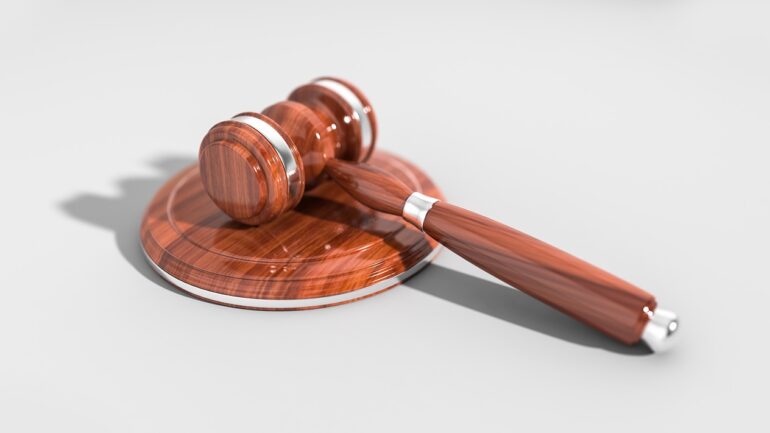By Lauren Hansen, Staff Researcher/Writer at Save the Water™ | May 26, 2022
A recent study shows that plastic pollution has now reached the Arctic Ocean, even though only four million people inhabit the Arctic circle. In fact, the Arctic Ocean has achieved a pollution level comparable to that of bodies of water in more populated areas.
The alarming extent of plastic pollution in the Arctic Ocean
High concentrations of plastic in various forms have been found in the Arctic region. Plastic has been found in the ocean water, on the seafloor, on isolated beaches, and in rivers. Plastic has even been found in ice and snow.
The concentration of microplastic in the depths of the Arctic Ocean was found to be a “range between 0 and 16,041 particles kg.-1” This number puts Arctic Ocean microplastic pollution concentration among the highest in the world.
Plastic pollution: A worsening problem
Plastic pollution has already been a growing concern. Between 19 and 23 million metric tons of disposed plastic land in bodies of water around the world each year. In addition, experts project that plastic production around the world will increase twofold by the year 2045.
Plastic accumulation is already a problem in the world’s other major oceans. For example, the Pacific Ocean’s Great Pacific Garbage Patch is the largest. Garbage patches are also present in the Atlantic and Indian oceans.
Sources of plastic pollution in the Arctic
Plastic makes its way into the Arctic ocean from near and far and through various natural and human activities.
Local sources of plastic pollution in the Arctic include waste facilities, wastewater treatment facilities, and ships that leave behind plastic debris.
Certain industries and human activities contribute to this trend:
- Agriculture
- Fisheries
- Households
- Illegal dumping
- Industry (onshore and offshore)
- Landfills
- Ships
- Shipyards
- Tourism
- Wastewater treatment facilities
Natural processes serve as vehicles for plastic into the Arctic region as well. Modes of plastic transportation include but are not limited to:
- Freeze-and-thaw cycles
- Ice drift
- Rivers and streams
- Water currents
- Wind
Rivers are a particularly powerful source of plastic pollution. An interesting fact is that the Arctic Ocean accounts for one percent of the total volume of the world’s oceans, but it gets more than 10 percent of the global water discharge from rivers.
Plastic circulates up into the Arctic comes from the North Atlantic and North Pacific oceans and originates from countries that touch the Arctic region:
- Canada
- Finland
- Greenland
- Iceland
- Norway (Svalbard archipelago)
- Russia
- Sweden
- United States
How does plastic pollution affect the Arctic’s ecosystem?
Plastic pollution affects 131 animal species, such as polar bears, seals, reindeer, and seabirds. Seabirds are the most vulnerable to suffering from plastic debris and residue in ocean water.
Plastic pollution leads to poor nutrition, choking, and internal injury in Arctic animals. Research also suggests that ingested microplastic causes stunted growth and reproductive capabilities and increased stress and inflammation.
What actions are underway to stem plastic pollution in the Arctic?
Governing bodies, volunteer groups, and technology companies are taking a number of steps in an effort to curb plastic pollution in the Arctic.
The United Nations Environment Assembly of the United Nations Environment Programme passed a resolution in February 2022 to end global plastic pollution. The resolution outlines a number of measures that participating countries will undertake:
- Encouraging “sustainable production and consumption of plastics”
- Supporting governmental steps towards “preventing, reducing, and eliminating plastic pollution”
- Raising awareness by sharing knowledge and educational programs
- Liaising with stakeholders and encourage them to aid in dealing with plastic pollution.
Volunteer cleanup teams conduct pick-ups to remove plastics from beaches and bodies of water.
New technology, like “Jenny” the trash trap, have scaled volunteer efforts by collecting thousands of pounds of plastic waste from oceans.
What still needs to be done
Though action plans are underway, some scientists suggest that these current mitigation efforts are not enough. Larger scale systemic changes need to be made:
- Adequate waste treatment facilities in coastal regions
- Programs for reporting lost fishing gear
- Recycling programs for used fishing gear
- Educational awareness for fishers
- Mobilization of individual efforts
What can you do about plastic pollution?
Production and use of plastic has grown exponentially since the 1950s. Reuse or, even better, reduce your use of plastic as much as possible. We have tips on how to do that in one of our other articles: Simple Ways You Can Further Reduce Plastic in Your Daily Life.
- Opt solely for multi-use plastic products instead of single-use
- Donate funds to organizations that are dedicated to extracting debris from oceans
- Organize or take part in manual clean-up efforts
- Educate yourself by browsing our coverage of plastic pollution and its effects on water quality





